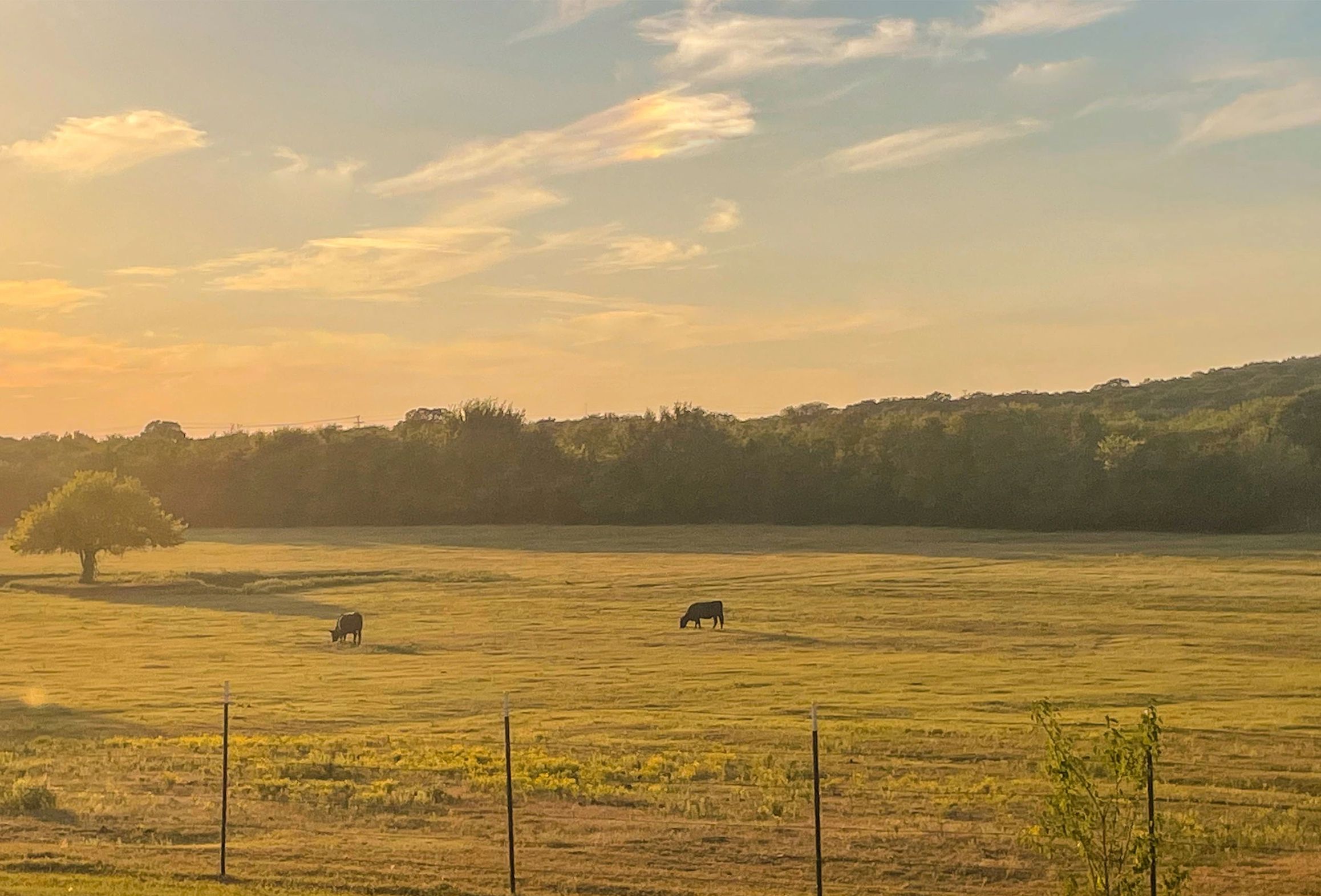Signed in as:
filler@godaddy.com
Signed in as:
filler@godaddy.com

Cheap land and scenic views don’t make up for what Hempstead is missing: demand, accessibility, and visibility.
When it comes to building a successful theme park, location isn’t just important — it’s everything. Unfortunately, TexasLand USA’s choice to build their massive development outside Hempstead misses the mark on every critical factor.
At a July 24 meeting, Lizzy McGee explained the choice as a “balance of cost, availability on the market, engineering considerations, natural beauty and location…we looked at probably over 30 sites total. And this site we landed on was the best balance of all those considerations.”
Those may sound appealing, but they miss the three fundamentals that actually determine whether a theme park thrives or fails: demand generators, accessibility, and visibility.


A theme park doesn’t succeed in isolation — it needs to be part of a bigger ecosystem. Restaurants, hotels, attractions, and shopping nearby all help bring people to the area in the first place. Without that surrounding activity, there’s nothing to pull visitors in or keep them around once they leave the park gates.
Hempstead, with a population under 7,000, simply doesn’t provide that kind of built-in demand. The closest major city, Houston, sits over 50 miles away with no direct highway access to the TexasLand site. That means longer travel times and fewer spontaneous visits — not exactly a recipe for packed parking lots and thriving crowds.
And while a couple of local “insiders” have quietly scooped up real estate in town hoping to cash in on anticipated visitor traffic, that’s not how successful developments are built. A project of this scale should benefit an entire community, not just line the pockets of a few people with an inside track.
Hempstead may sit on Highway 290, a major corridor between Houston and Austin. But the TexasLand USA site is five miles south — down narrow farm-to-market roads (FM 1887 and FM 3346). Neither the City of Hempstead, with its sharp turns and railroad crossing, nor these two-lane country roads were ever designed for thousands of cars a day.
There’s no nearby interstate exit. Visitors will face long detours down narrow backroads. And here’s the reality: when reaching a destination feels out-of-the-way and frustrating, people are less likely to come — and even less likely to return. Accessibility isn’t just about being reachable; it’s about how simple and stress-free the journey feels.
Successful theme parks thrive because they connect directly to major highways. Dollywood and Silver Dollar City, for example, sit on heavily traveled multi-lane routes that were expanded to handle tourism. TexasLand’s site is the opposite — hard to find, difficult to reach, and ill-suited for high-volume traffic.
Theme parks rely on visibility — being seen by thousands of travelers daily builds brand awareness and sparks spontaneous visits.
Hempstead may sit on Highway 290, but the town has been bypassed for years. Travelers speed past without stopping, and the community hasn’t benefited from its location on a major corridor.
The TexasLand site, five miles south of 290 on rural farm roads, doubles down on that problem. It offers neither highway frontage nor a reason for travelers to turn off the main road. Out of sight is one thing. Out of mind — in a town that’s already been overlooked — is even worse.

Yes, commercial land closer to Houston or directly along Highway 290 would cost far more. But that premium buys something critical: infrastructure, market access, and visibility. That’s why successful developments pay more up front.
TexasLand’s team may have assumed Hempstead would be an easier option — a place they could slip this project through quietly, without resistance. After all, they had already been turned away in Waller. But in reality, that “welcome” came only from a small circle of insiders. The broader community was left in the dark, with no meaningful input on a project that could reshape their future.
Lizzy described Hempstead as the “best balance” of cost, natural beauty, and availability. But the fundamentals tell a different story. The project fails the three keys of theme park success: no demand generators, no accessibility, and no visibility.
Instead of a thoughtful, strategic plan, the site was chosen because the land was cheap and scenic. But beauty doesn’t move traffic — or guarantee long-term success.
This isn’t about smart growth or community prosperity. It’s about short-term gain for a few insiders, while leaving Hempstead residents to deal with long-term problems. Poor roads, low demand, and hidden decision-making don’t just threaten profitability — they risk saddling the community with consequences for decades.
That’s not smart growth. It’s a bad business plan dressed up as a Texas dream.
We use cookies to analyze website traffic and optimize your website experience. By accepting our use of cookies, your data will be aggregated with all other user data.